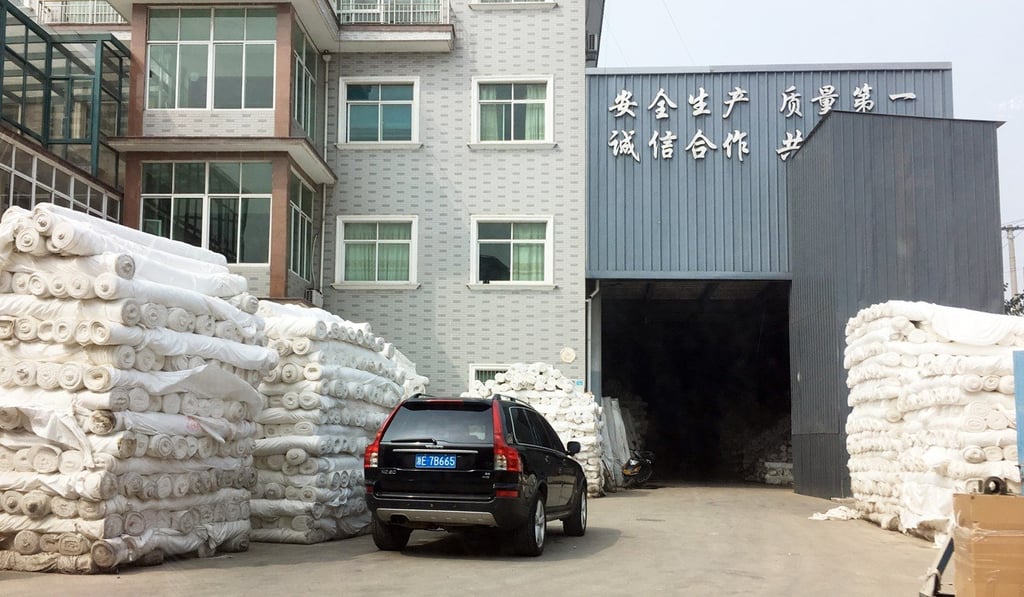How China’s ‘river chiefs’ are cleaning up the country’s polluted waterways
A pilot ‘river chief’ scheme is being rolled out nationwide, but some say it fails to address the underlying causes of pollution

In Jiapu, a small textile town on the shore of Lake Tai in eastern China, large rolls of freshly woven cloth are piled in front of nearly every household, leaking chemicals into the ground.
The lakeside town is interlaced with small rivers, including the Qinjiabanggang. Today it looks dark green, but over the years locals have seen its water range from jet black to a milky white. They say their town is the most polluted in the county.
For years, appeals to local officials were bounced from one department to another. But responsibility for the Qinjiabanggang now rests with just two men, town “river chief” Weng Jianwei and Changping village river chief Jiang Jinlin, whose names and contact details are posted next to the river. If a passer-by spots floating garbage, an algal bloom or a pipe pumping waste into the water, it’s their numbers they call.
At the end of last month, there were about 200,000 “river chiefs” like Weng and Jiang across China, according to the Ministry of Water Resources. Millions more are expected to be installed nationwide, after the top leadership decided late last year to give every waterway in the country a specific steward.
A similar programme for China’s bay areas, launched this year, is being expanded from five pilot schemes.
Across China, where officials are seeking to balance pollution control and economic growth, environmental issues have become an increasingly pressing cause of social instability. According to a report by the Chinese Academy of Social Sciences, half of the protests with more than 10,000 participants between 2001 and 2013 were sparked by concerns about pollution.
